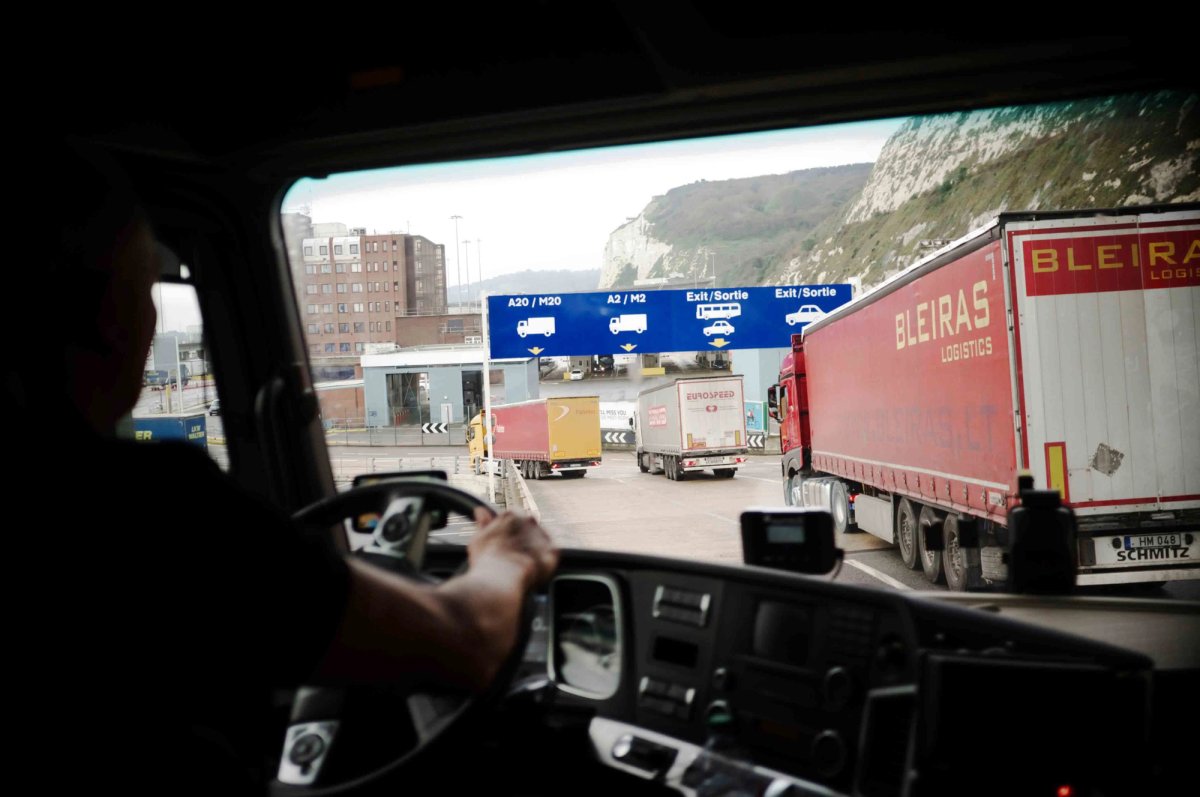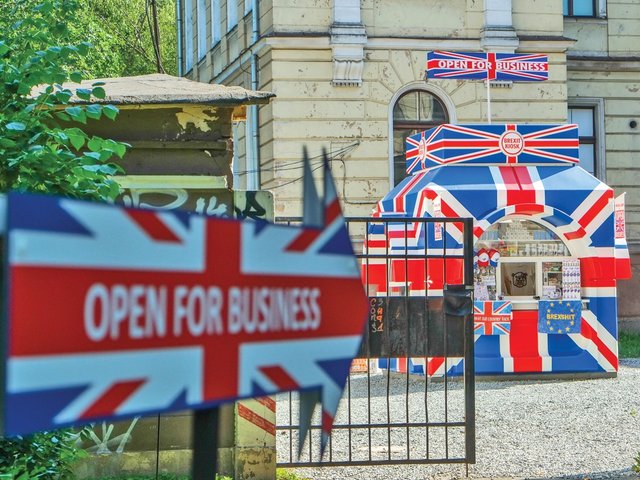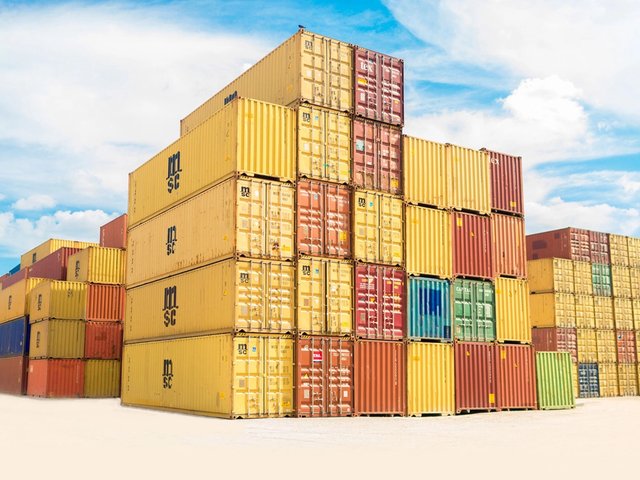Art shippers say they are experiencing “teething problems” transporting works to European countries since the UK ended its transition period and completed its separation from the European Union on 1 January.
Victor Khureya, the operational director at the London-based art logistics company Gander & White, says the main issues are “additional costs, administration and time”. Since the Brexit deadline, the firm has sent one shipment to Germany, which was delayed by a day after customs officials in France “appeared to have not been trained for the new procedure”, Khureya says.
He adds that Germany has, for now, reduced its import rate for collectibles from 7% to 5.5%, on a par with France, “to attract business”.
Joe Kennedy, the co-founder of the London gallery, Unit London, says the increased paperwork is “actually proving to be quite a painful process” and is contributing to “a significant amount of additional red tape and delays at customs”.
He adds that there are new administration processes which haven’t been communicated very coherently, “for example we now need to apply for a new EORI number with an EU prefix to continue our European operations and export to EU, as the existing EORI numbers now will only work for imports into the UK”. According to the UK parcel delivery firm DPD, up to 20% of parcels going to the EU currently have incorrect or incomplete data attached and are being returned.
Nonetheless, Kennedy remains sanguine. “We are hopeful these are just growing pains during this transition period and it will ease up once customs processes are solidified,” he says.
The other considerable problem has been with air freight. Until now, Gander & White has been considered a regulated agent, meaning any works the company collects from its warehouses can be accepted by airlines for secure air cargo. But, Khureya says, “we’ve now been told that the EU does not accept our accreditation, so effectively when those shipments arrive in Luxembourg or Liège, they are considered unknown cargo”.
As a result, crates are being screened and x-rayed again at their destination, or—worse—opened by officials without art handling experience. “It’s a problem because some of the shipments that we send are very, very high value,” Khureya says. “Some crates are too big to fit into a screening machine. So they open the crates or drill holes to take air samples. Apart from the risk of damage, this is also causing delays.”
On the whole, however, it is business as usual. There has not been gridlock in Kent, as some predicted, though Khureya says many clients are choosing not to ship until the teething problems have been resolved.
Anne-Claudie Coric, the executive director of Galerie Templon in Paris says they invoiced and shipped all works to UK-based collectors before the end of last year, “as we knew it would be difficult to plan anything afterwards”.
Simon Sheffield, the executive chairman of Martin Speed art handlers, points out the temporary admissions procedure still exists, allowing works of art to be temporarily imported for exhibitions and art fairs, and bonded warehouses are also still in operation, so works can be held in storage without any duties or taxes being paid upfront.
While Brexit is “not ideal”, Sheffield says, “no deal would have been far worse. At least now we know what the playing field looks like, and it’s not as bad as everybody’s making it out to be”.
The more pressing issue now is how the current UK lockdown will impact the movement of goods. Sheffield says his firm has had a significant portion of work postponed. “Work on exhibitions that was going to happen this month has been pushed back to March or April,” he says.
And as Coric surmises: “Frankly now we are more concerned with the consequences of the UK lockdown on the art market and the economy as a whole.”





